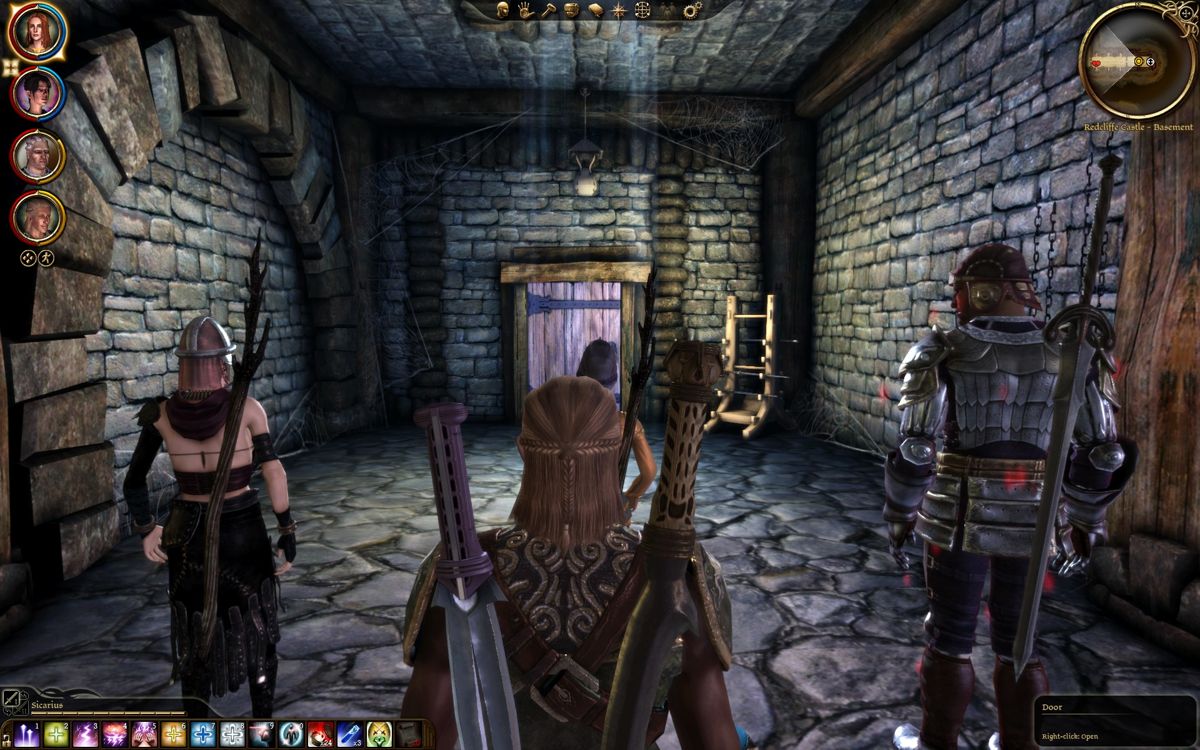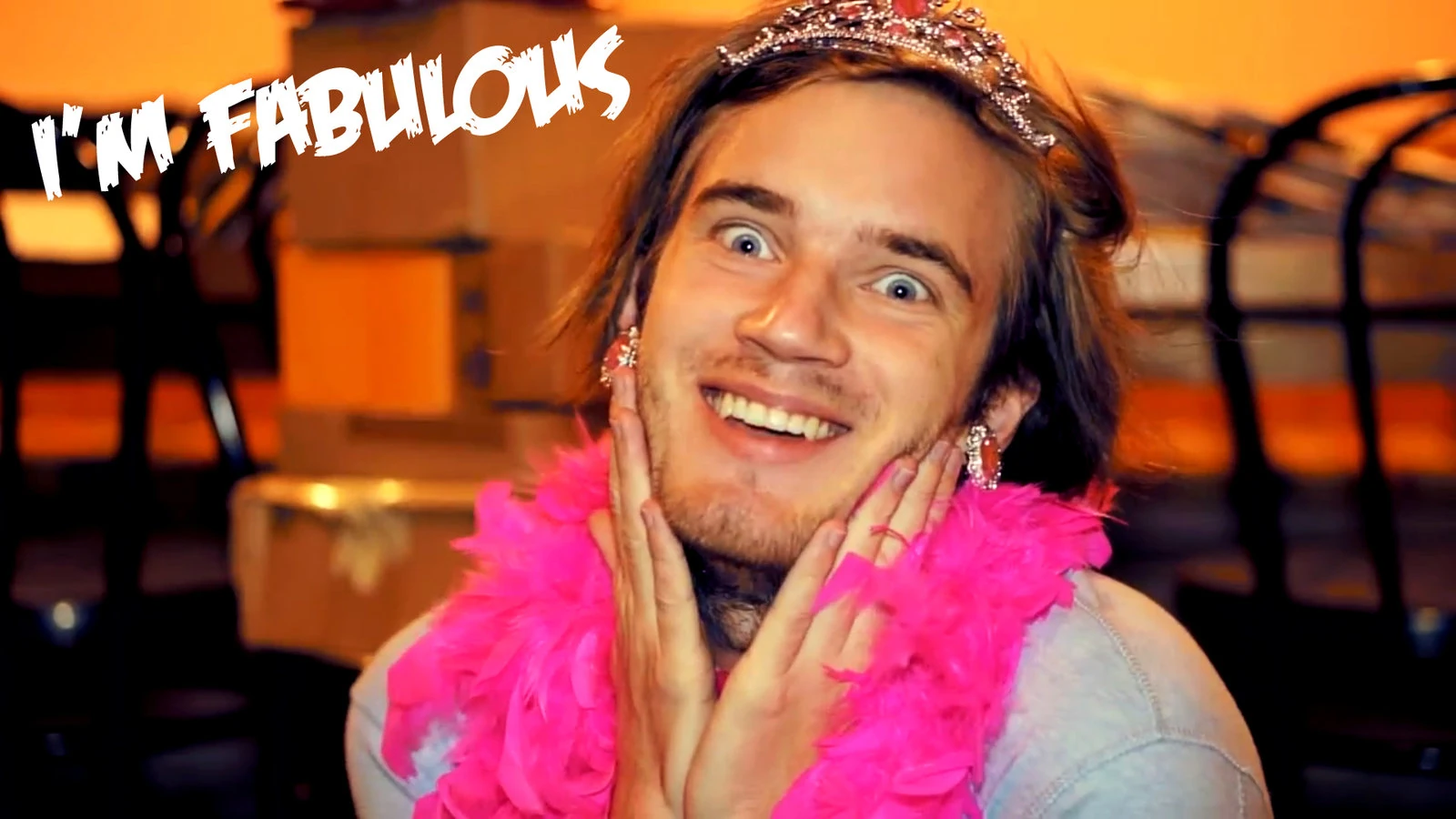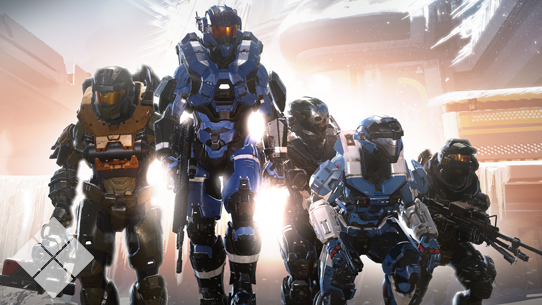 For generations, video games were seen as something of a social stigma. Gamers were called anti-social, shut-ins and introverts. People assumed there were no practical applications for video games whatsoever. In modernmörgåsbord of information negating all those years of dismissal. One of the biggest discoveries was that video games are a fantastic way to build teamwork (Jagad 2011).
For generations, video games were seen as something of a social stigma. Gamers were called anti-social, shut-ins and introverts. People assumed there were no practical applications for video games whatsoever. In modernmörgåsbord of information negating all those years of dismissal. One of the biggest discoveries was that video games are a fantastic way to build teamwork (Jagad 2011). times, things have changed as more and more research on video games have uncovered a veritable s
MMOs are online games that require a certain amount of teamwork to complete. While you can usually just play alone and avoid interactions, if you want to beat the big bosses and get the best loot, then you have to work as a team. Teams generally consist of at least 1 leader and anywhere from 3 to 39 other members. Generally, as the group content gets larger and more complicated these teams start to form sub teams which each have a sort of departmental head to organize the individual groups within the team. Not all are successful but the lessons always are.
 In a basic dungeon run, you have a tank class, a healer class and a varying number of damage dealers. One of these people will emerge as the leader, whether due to experience or natural leadership ability. The group will then either be successful and work together or refuse to work together and fail miserably. There are occasion where the group can be dysfunctional and still able to complete the mission and vise versa. All scenarios will yield a good chunk of knowledge for the players that will help them be better team members in the future. Did the current group pull too much and cause a wipe? Next time the players will want to pull less. Did the group discover a new boss and die to a mechanic? Next group, the players will tell the group about the mechanic and what to avoid.
In a basic dungeon run, you have a tank class, a healer class and a varying number of damage dealers. One of these people will emerge as the leader, whether due to experience or natural leadership ability. The group will then either be successful and work together or refuse to work together and fail miserably. There are occasion where the group can be dysfunctional and still able to complete the mission and vise versa. All scenarios will yield a good chunk of knowledge for the players that will help them be better team members in the future. Did the current group pull too much and cause a wipe? Next time the players will want to pull less. Did the group discover a new boss and die to a mechanic? Next group, the players will tell the group about the mechanic and what to avoid.As the difficulty ramps up with raids of 10 - 40 people, managers start to become necessary. The raid leader is the defacto boss and there are usually at least one co-lead to help with the logistics involved. In the higher "World First" races to clear brand new raid content before anyone else, the teams follow a rigid team structure. Healers usually have a healing lead to help manage healing cooldowns and rotations as well as running the numbers on each player's effectiveness. Tank leads manage threat and damage mitigation, boss swaps, mechanics and some of the more lethal aspects of a fight. Ranged and Melee leads do a similar roll among their respective groups. The raid leader generally decides on the strategy for a given fight and if the raid is successful, the loot masters handle the dispersal of loot by deciding which players benefit the most for an upgrade or which player deserves a shiny new weapon.
 Each one of these roles are management roles. They teach those players how to handle different groups of people and their personalities. It teaches them how to delegate tasks, how to identify problems and most importantly, how to solve problems efficiently as they arise. For the rest of the group they learn how to work with their peers. They learn what lines are and what to do to avoid crossing them. They get to experience a group win or loss as part of the team and most importantly they get to experience what happens when someone doesn't perform their role to standards. The skills learned from playing a video game directly benefit a player in real life. They learn to be a team, whether they're laying siege to a mountainous castle or rushing to meet a project deadline.
Each one of these roles are management roles. They teach those players how to handle different groups of people and their personalities. It teaches them how to delegate tasks, how to identify problems and most importantly, how to solve problems efficiently as they arise. For the rest of the group they learn how to work with their peers. They learn what lines are and what to do to avoid crossing them. They get to experience a group win or loss as part of the team and most importantly they get to experience what happens when someone doesn't perform their role to standards. The skills learned from playing a video game directly benefit a player in real life. They learn to be a team, whether they're laying siege to a mountainous castle or rushing to meet a project deadline. citation
Jagad, Lakshmi Ms., "Online Gaming and Teamwork." Thesis, Georgia State University, 2011. http://scholarworks.gsu.edu/communication_theses/83
photos
©2017 Mental Floss, Inc.
© 2017 Bungie, Inc. All rights reserved.
©2017 Electronic Arts Inc.
©2017 Blizzard Entertainment, Inc. All rights reserved.


















